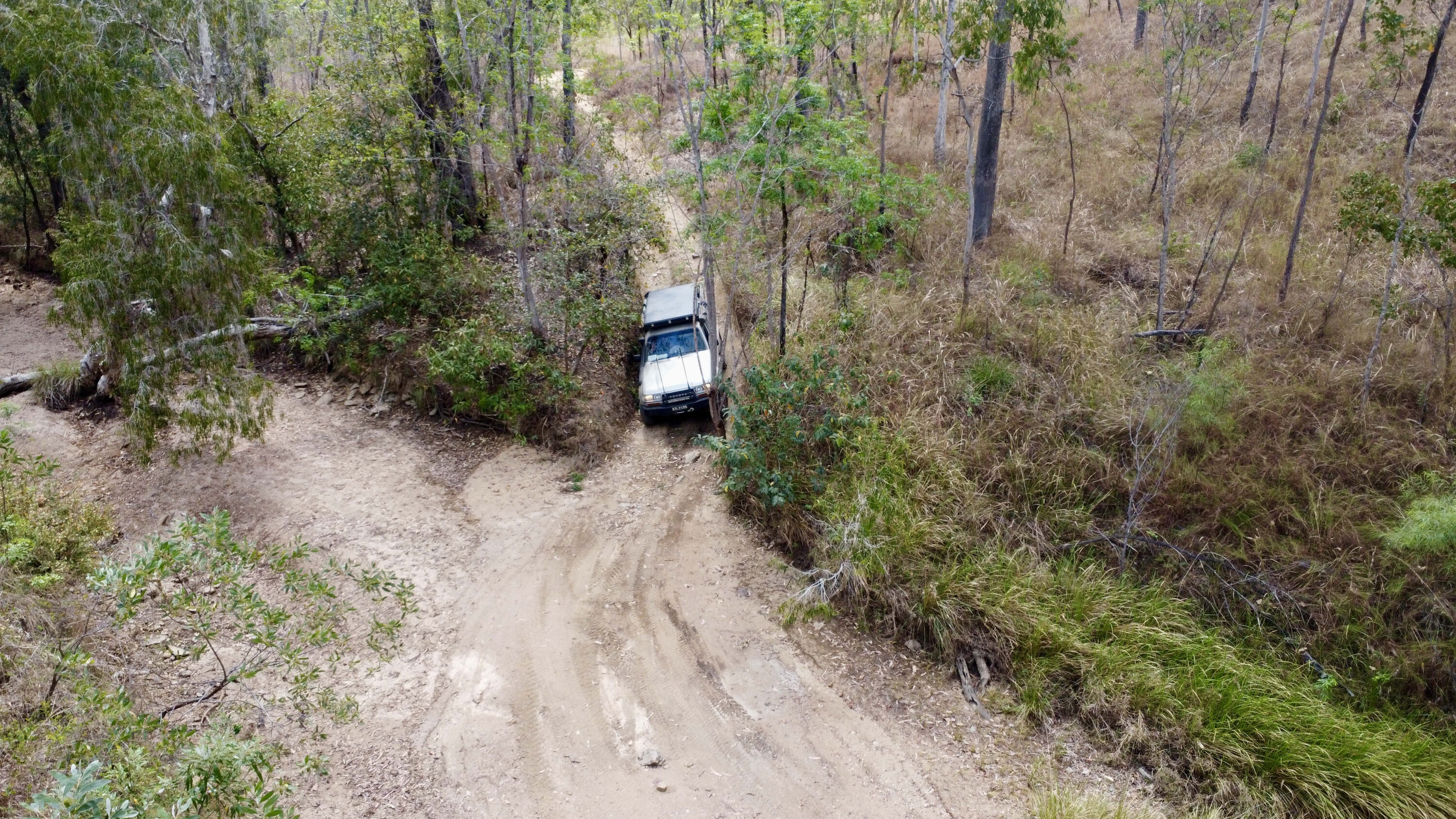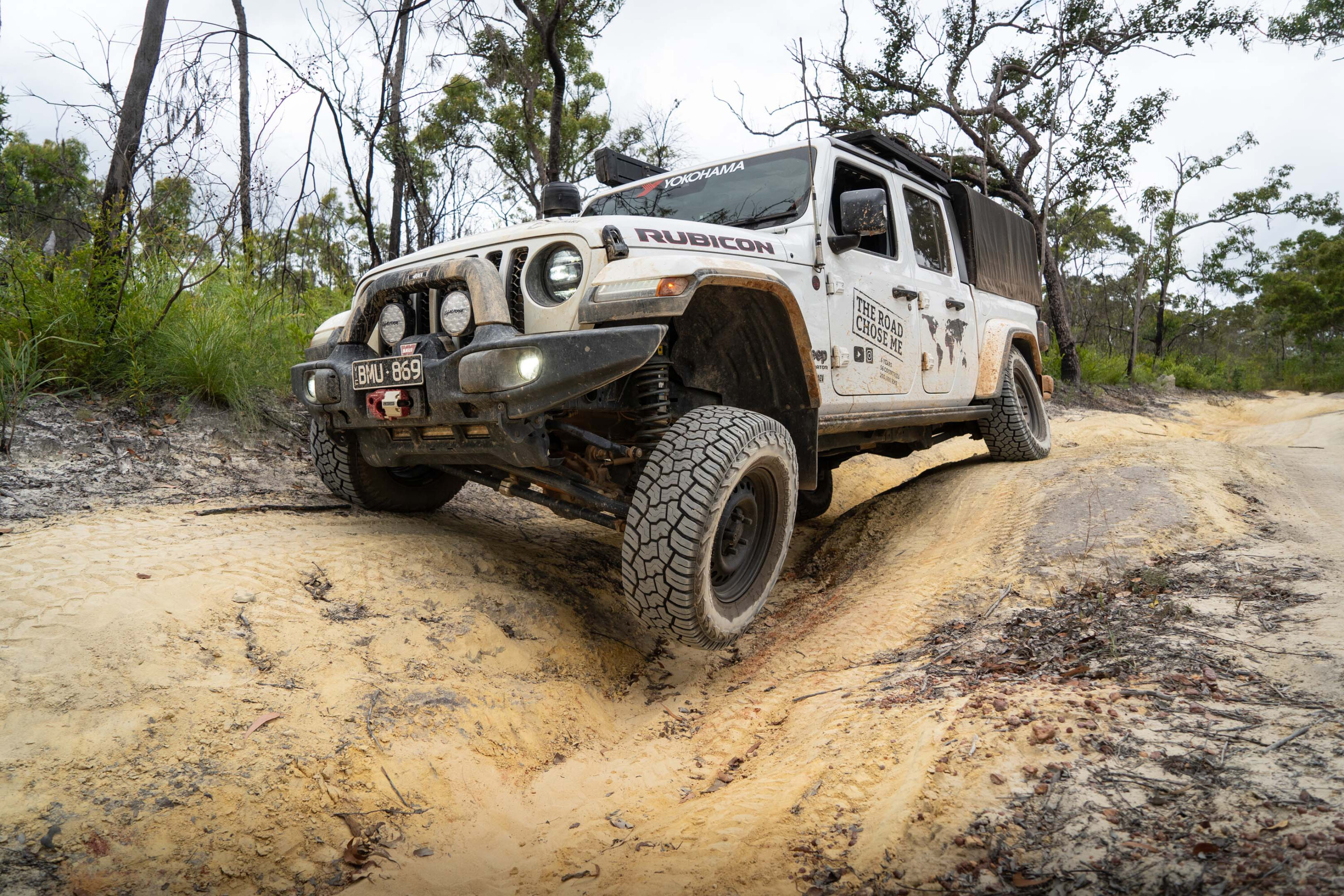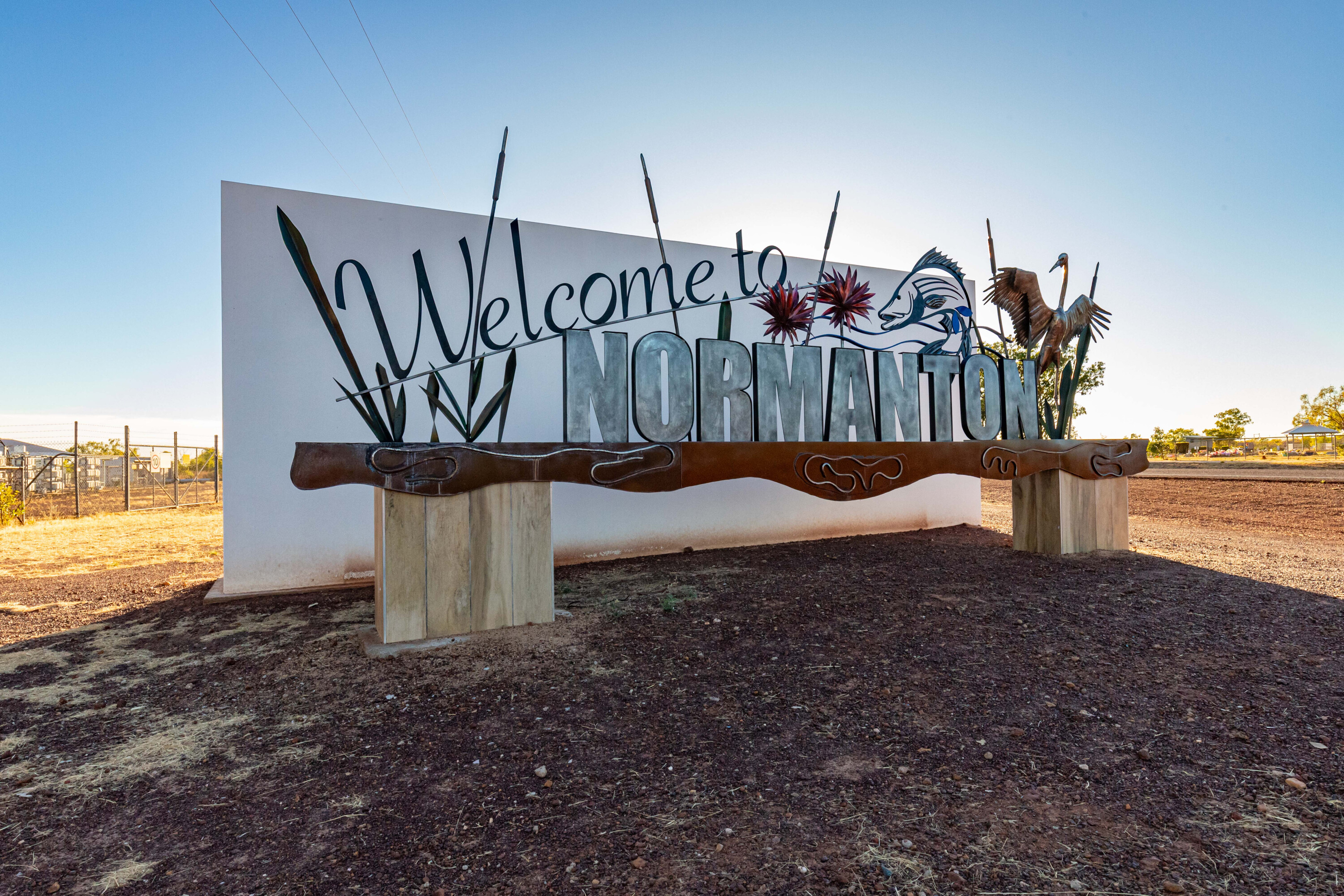Imagine the harsh reality for those gold prospectors who left their lives behind to head to Cape York after the discovery of the precious metal there in the mid-1800s.
Walking for weeks into inhospitable country where there was no food and little water, but reports of cannibal inhabitants, all with no guarantee of finding the gold they had come looking for, and after having spent months aboard a boat to get to Australia in the first place.
Curiosity got the better of me after reading a book titled The Rivers of Gold that portrayed the riches and hardships of thousands of prospectors who made their way to the Cape seeking fortune. I decided to head across to Cape York myself on a recent trip to try to get a feeling for the hardship and isolation that these people endured.
It was explorer William Hann who found gold in the isolated hills 200km west of Cooktown in the Palmer River around 1874, and a year later a prospecting party found payable gold. Word quickly spread and the rush was on.
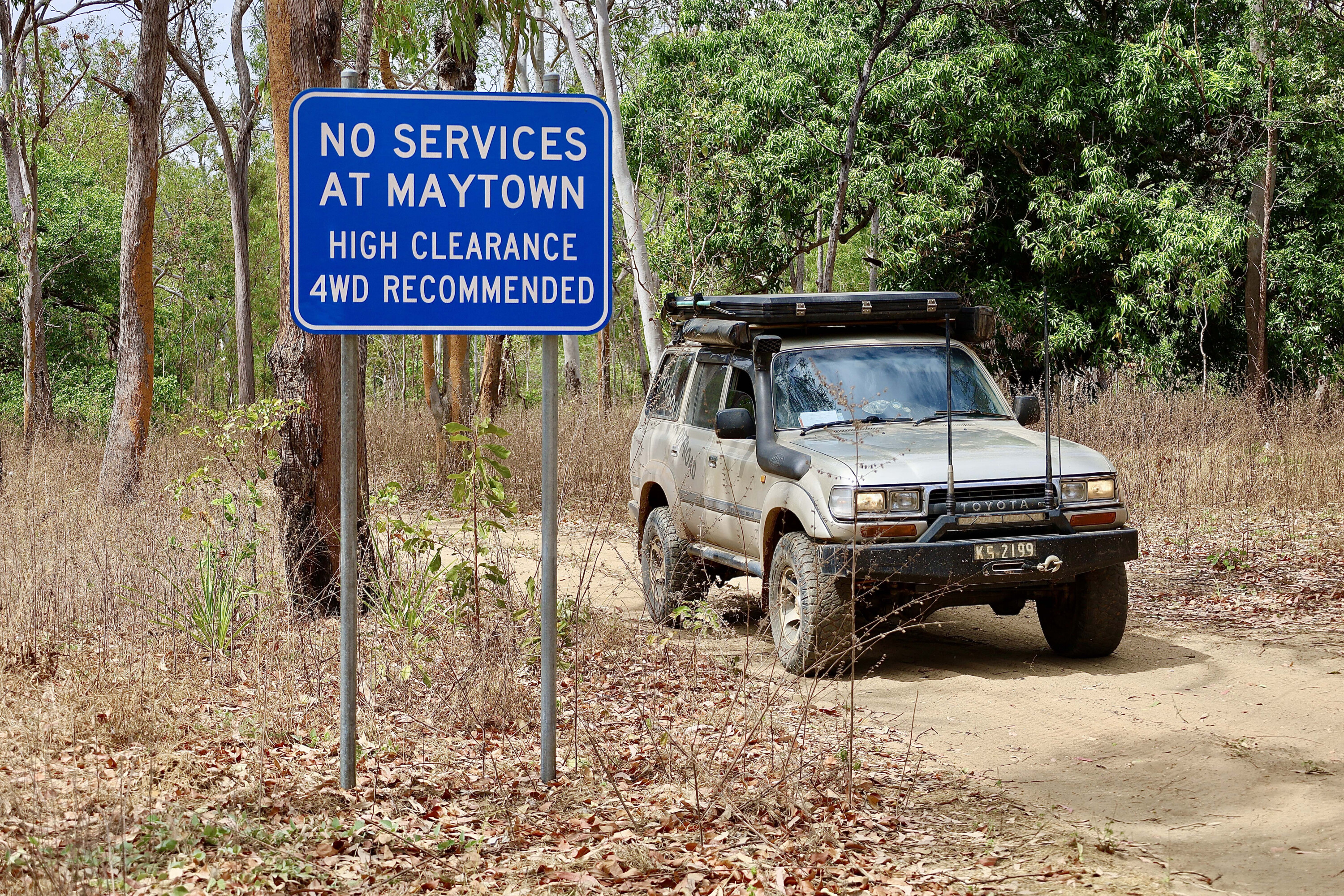
A fellow by the name of James Mulligan was an experienced and well-respected explorer who made his way to north Queensland in the early 1870s to lead exploration parties into new areas looking for gold.
He had an amazing success rate and literally opened the Palmer River Goldfields for other prospectors to hunt for their fortunes. Mulligan was supported by the government through grants and rewards to open new areas such as the Hodgkinson goldfields, and to work in other areas.
Heading 200km out to the goldfields caused all sorts of issues due to a lack of food, and Mulligan is quoted as saying, “Any man who heads out towards the Palmer with less than two weeks supply – will surely perish”. Not only that, but the terrain also was challenging, and several indigenous tribes were known to be on the hunt.
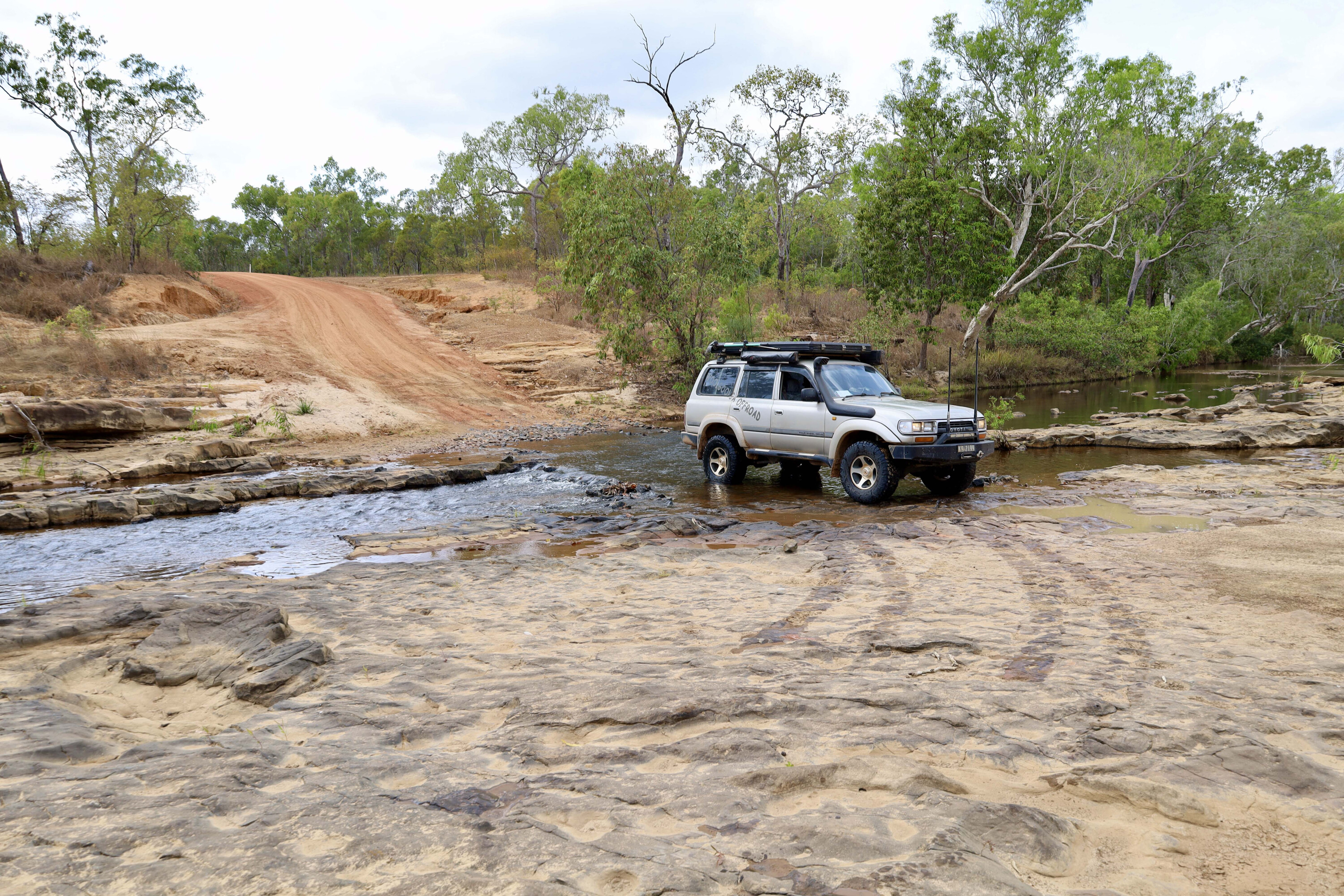
When word got out about the gold, barges and ships from around the world began arriving at Cooktown, the existence of which began with just a few tents pitched on the banks of the Endeavour River.
But Cooktown was soon a bustling port, and it grew quickly with the new arrivals, with some reports claiming there were up to 47 licensed drinking premises, several brothels, two newspapers, Chinese opium houses, a number bakeries and official government houses. In a short amount of time the town swelled with nearly 30,000 people passing through on their way to the goldfields, the majority of whom were Chinese.
The Chinese had a strong presence through the goldfields and were much hated by other diggers, and conflict would regularly break out, but it is reported they were much loved by the local cannibals for their sweet taste.
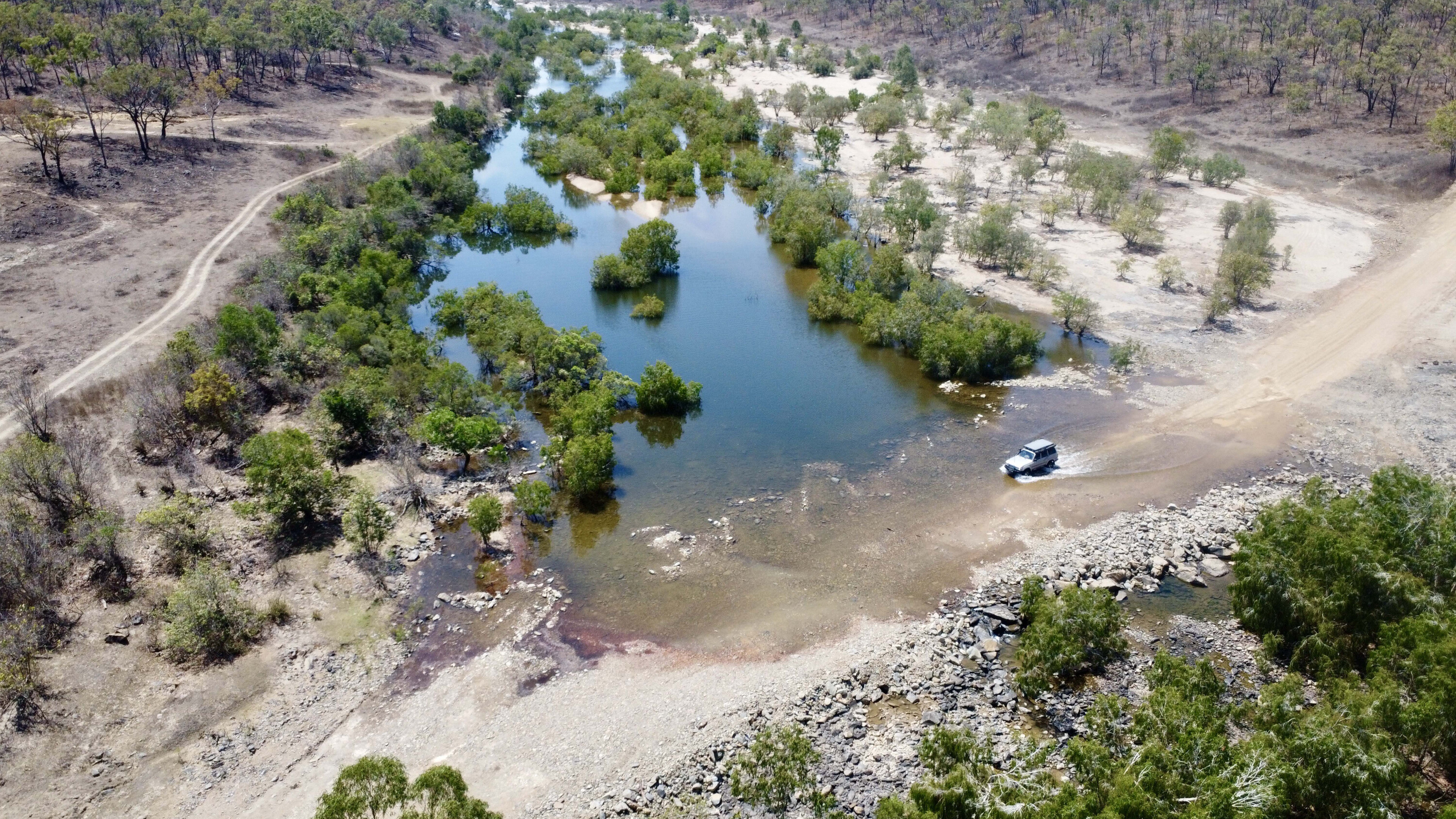
Hard working and quiet, the Chinese did well on the Palmer through prospecting, as well as by establishing market gardens that supplied the town and goldfields with fresh produce and rice. Even today there is a strong Asian influence in Cooktown.
With the goldfields swelling to capacity over time there was constant hunt for new gold. Lone miners moved away from the crowded river and creeks only to find themselves hunted by the local tribes, or their camps raided by other miners looking for free gold.
The Palmer River Goldfields were some of the most isolated in the country and challenges included wet season flooding where bridges and tracks simply washed away, supplies often took weeks to arrive, and there was a lack of medical practitioners.
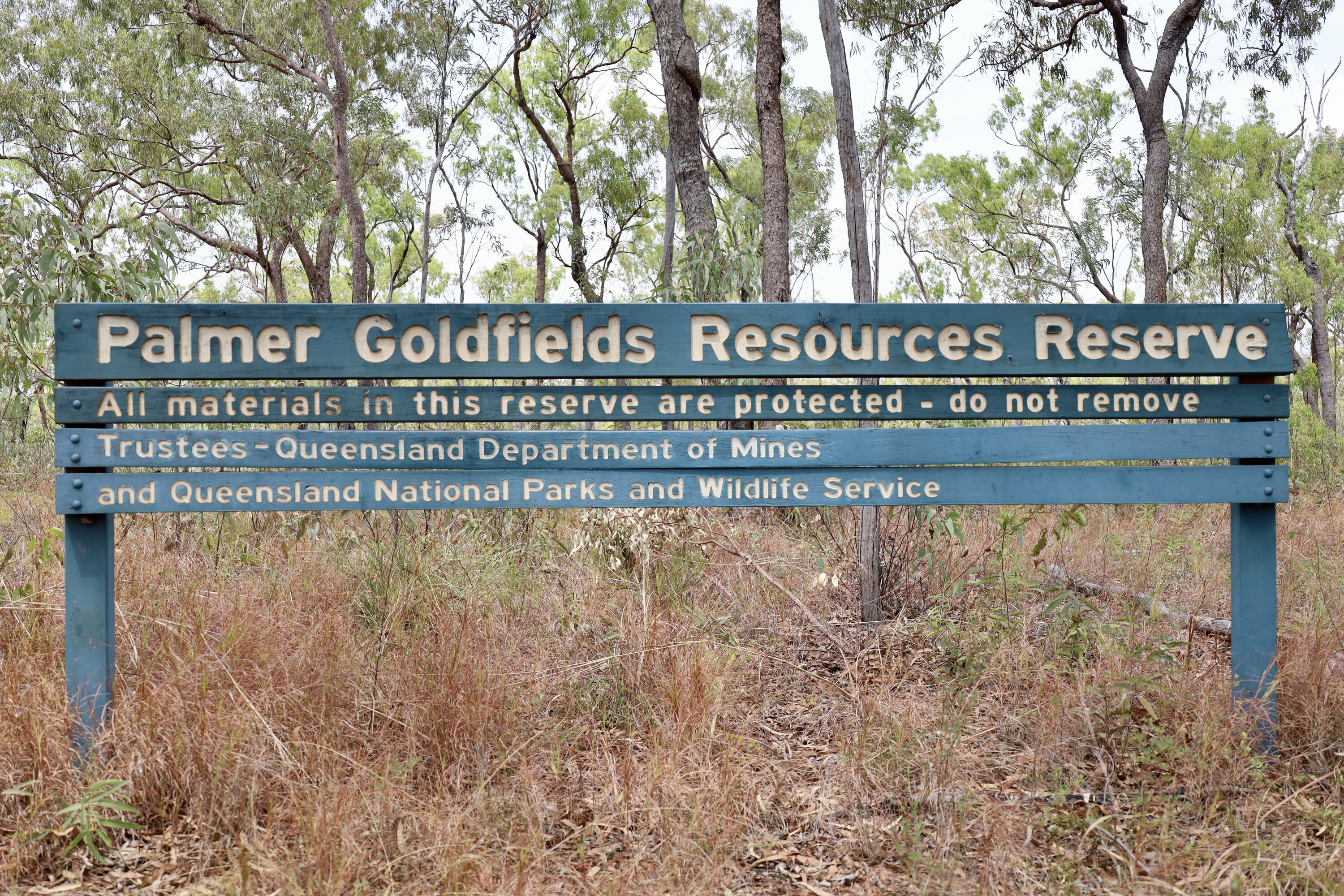
The goldfields consisted rich alluvial fields and lucky diggers had the opportunity to get rich quickly.
Many of those who struck gold would head back to Cooktown to spread their wealth, some miners spending it in the ale houses and brothels, others cashing in and leaving, while some would buy more supplies and trudge back to the Palmer.
There was a proposal to put in a railway line from Cooktown out to the now established Maytown, but with a lack of workers and gold petering out, the line never extended past Laura, just 108 km away. Today, massive bridge piers can be found near the Laura River, and this section of the line is now called the track to nowhere, because it never reached Maytown.
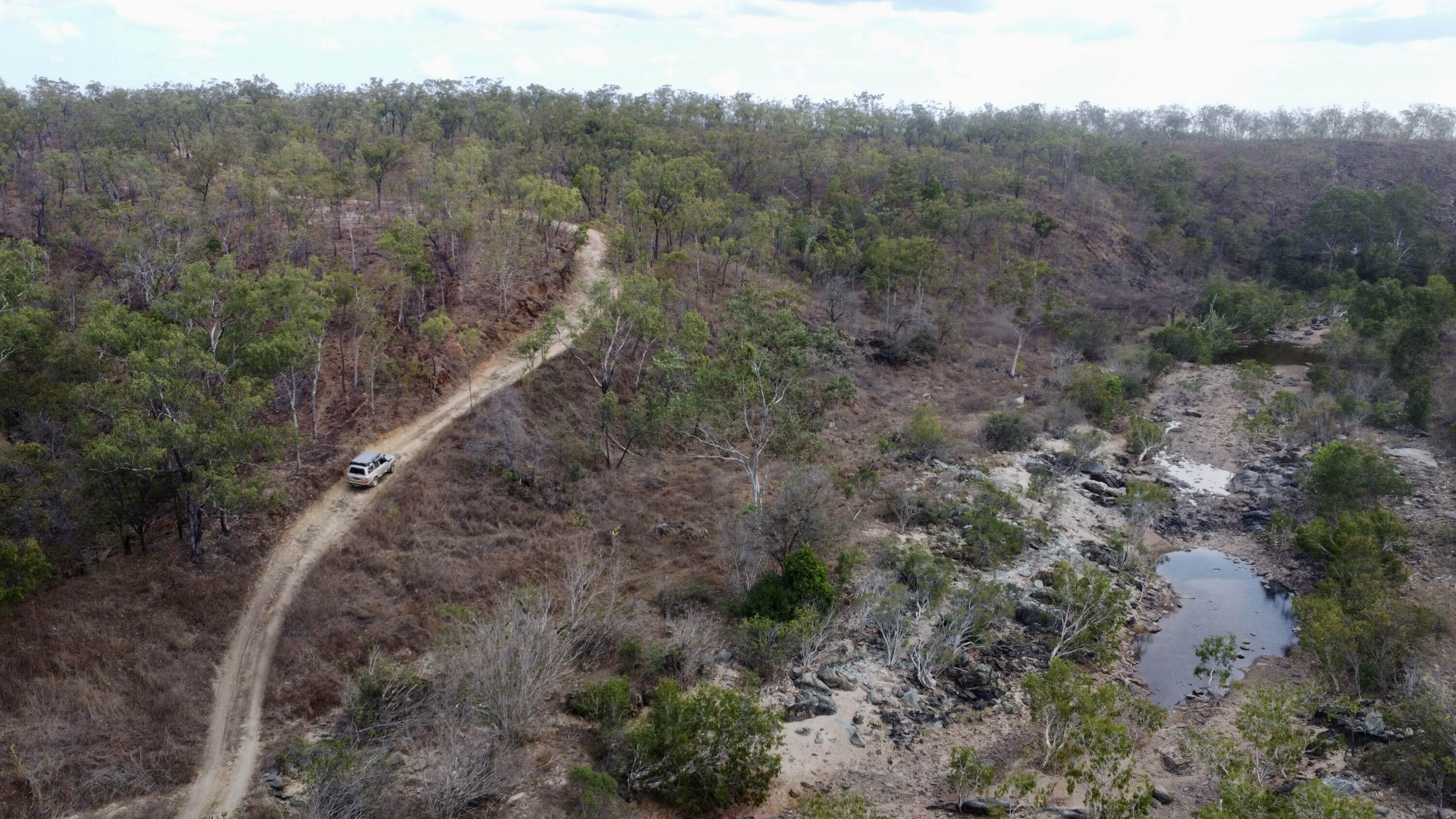
The Palmer River Goldfields only boomed for a short time as the gold became harder and harder to find. Miners left and shopkeepers closed, following the miners to new fields.
Today and the Palmer River area is a quiet place apart from four-wheel drivers, prospectors with metal detectors, and history buffs all seeking to explore the area. My journey into this historical area started at Laura, about 350km north of Cairns, and this would be my only stop for fuel for several days.
Finding the turnoff to Maytown is as easy as heading down the maintained Palmerville Road until the Maytown sign, and taking the Old Coach Road, which is regarded as one of the hardest and most challenging tracks in Cape York.
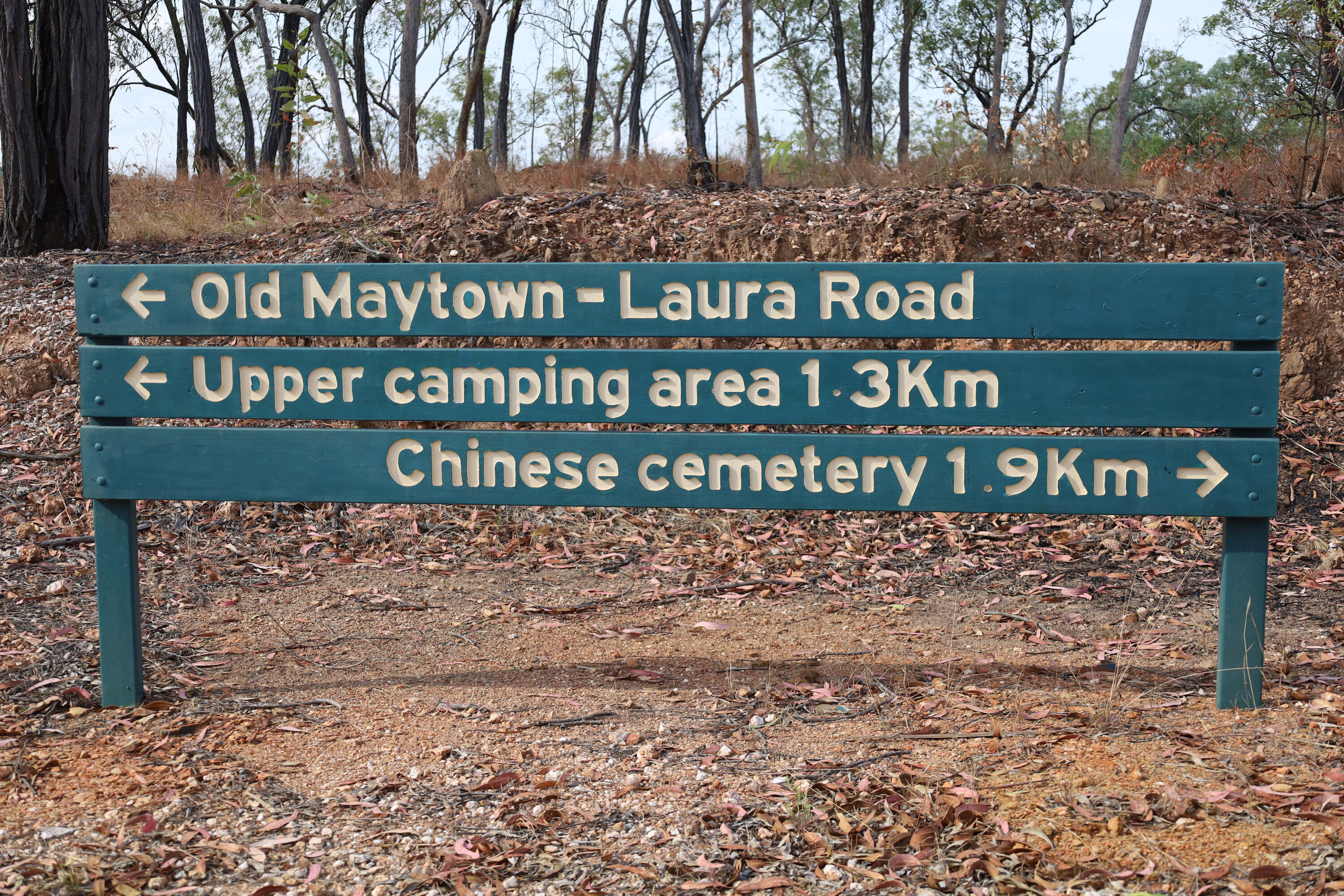
Right from the start, the Old Coach Road was challenging, with steep drop-offs, rocky sections, ruts that criss-crossed the road, and rocks strewn everywhere.
It took me nearly eight hours to cover 90km, and sections of the road were barely wider than my LandCruiser, and often with a steep drop on one side and high cliffs on the other. Despite visiting in the dry season, there was still water in the Palmer and Old Palmer rivers, which made for a nice break in the drive, while panoramic views from high points along the way offered a glimpse into how hard and inhospitable this land is.
Maytown is today littered with an array of historical ruins including stone walls and rusted and weathered pieces of metal, but one of the main attractions is the cobblestone kerbs and walkways that can still be found, and were made mainly from local slate.
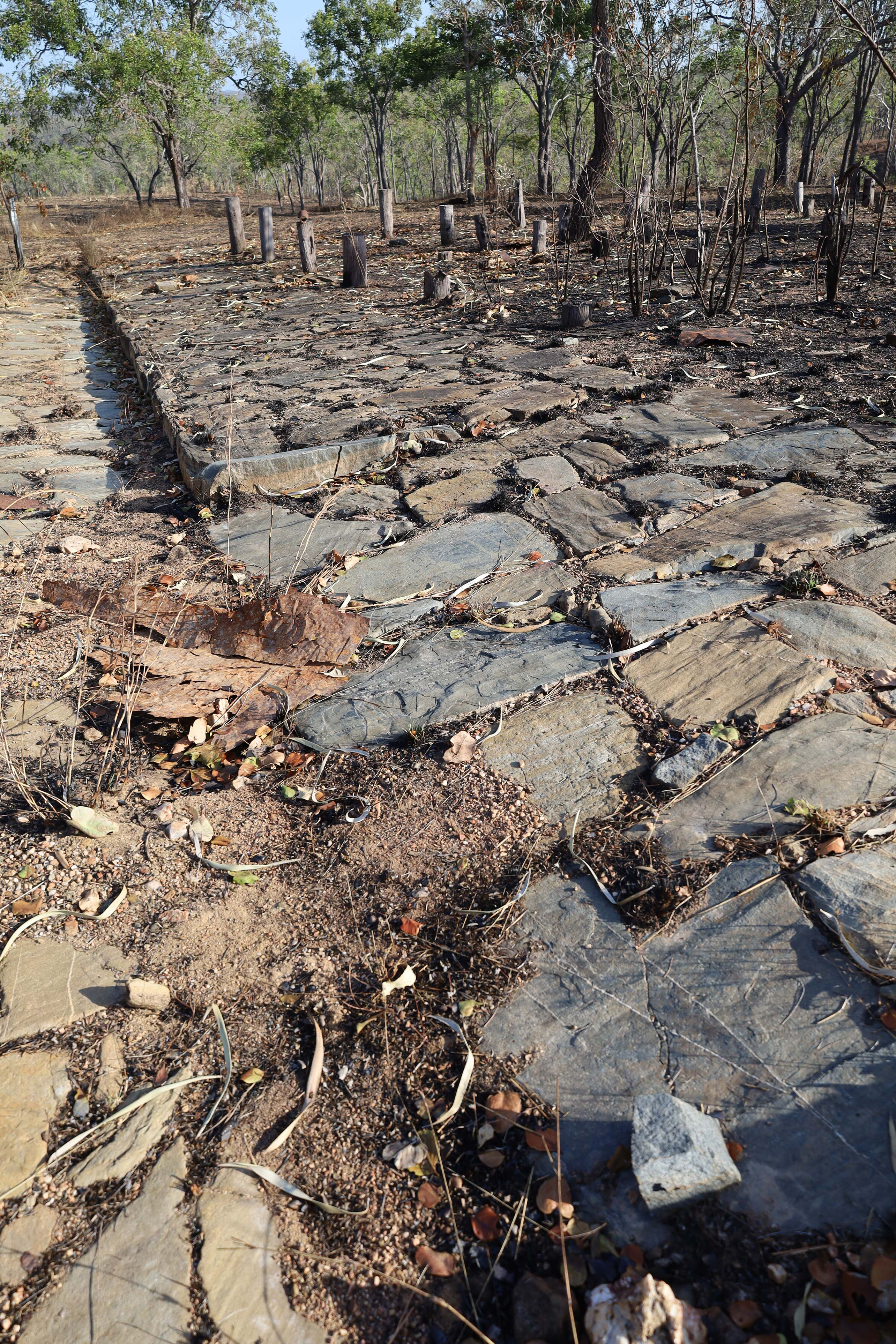
The integrity of the laid rock is impressive all along the main street and some of the old shops have the same stonework right up to where there doorways would have been.
It was good to see plaques indicating the names of shop owners and their type of businesses, and nearby a replica miner’s hut has been built, and it is full of relics and memorabilia from the area.
I spent the day exploring the old mine sites where stampers, boilers and massive pieces of broken steel lay on the ground. Deep mines that were once a hive of activity now lay abandoned, and are fenced off, while information signs describe how hard mining life was due to the isolation and the lack of water.
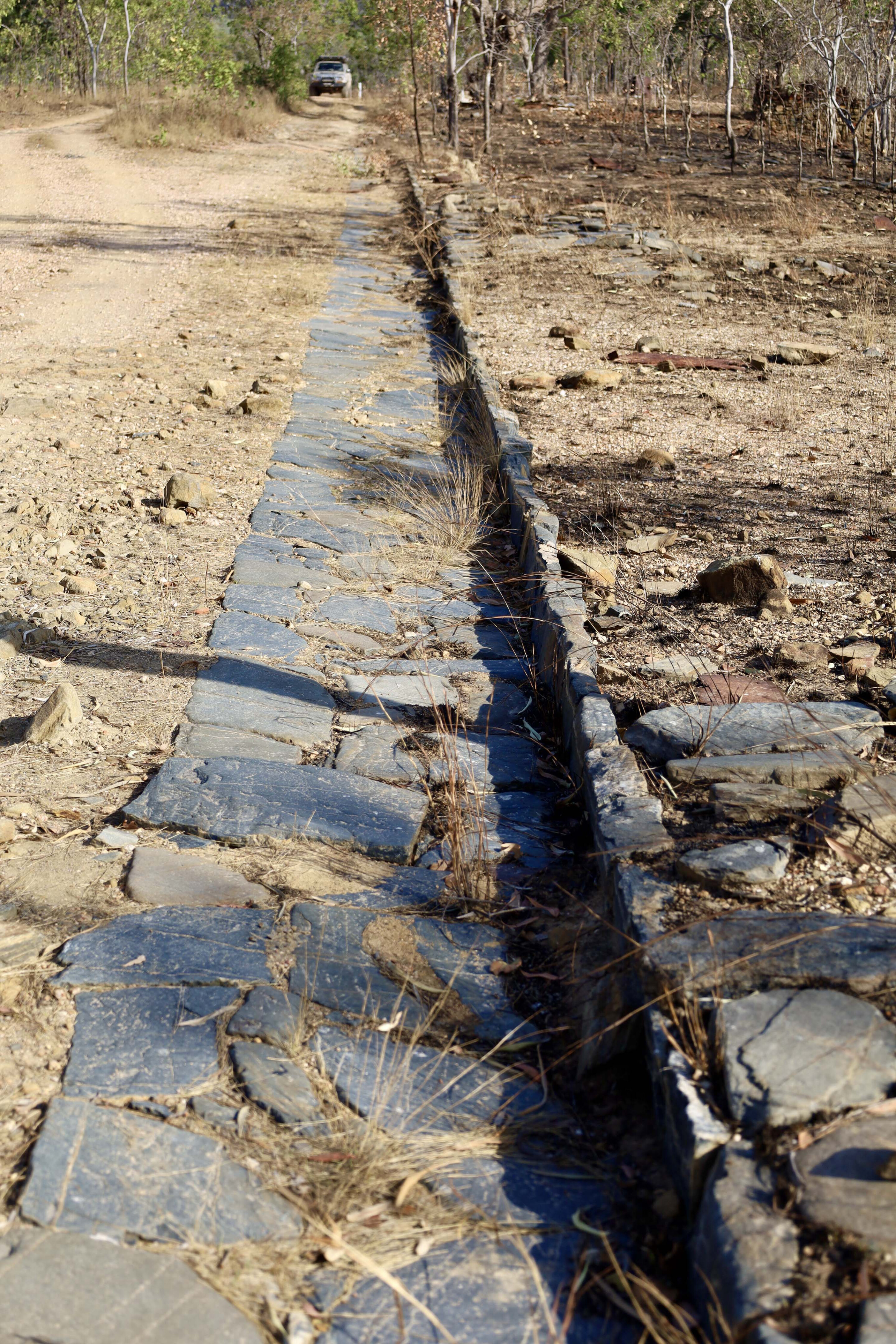
One of the most significant sites was the Comet Mill and mine; part of the National Estate Register this site has been persevered for the future as it’s one of the largest intact original collections of 19th century mining equipment.
The Comet was huge for its day with a massive boiler and a 10-head stamper with 25hp engines. Unfortunately, water was an issue again, with none of it available during the dry season but too much of it during the wet season, resulting in flooding.
Walking around I was amazed to see a lot of equipment stamped with ‘Made in Melbourne 1882’, making my trip here seem comparatively easy driving a modern vehicle.
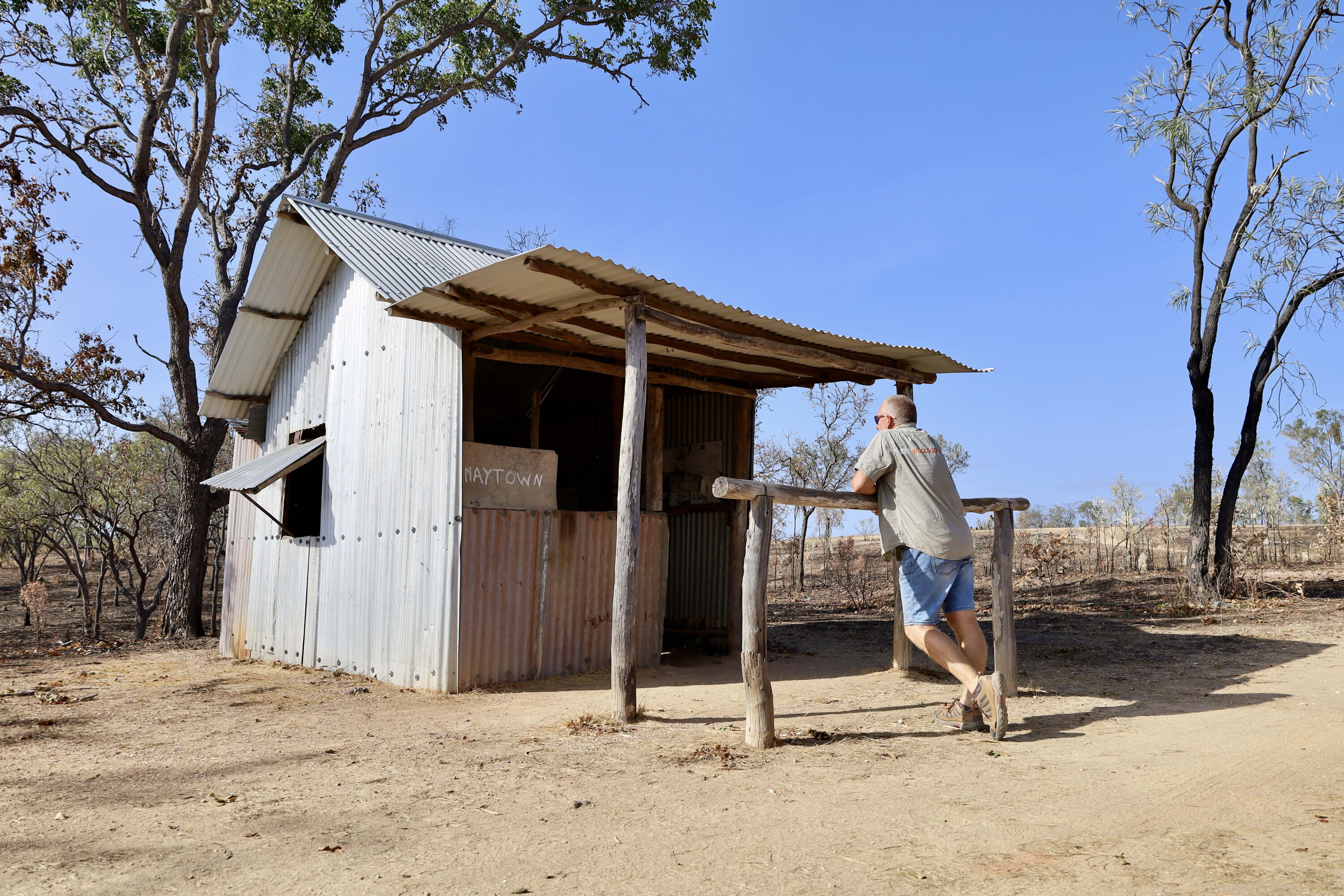
After spending a few days exploring Maytown, camping on the beautiful Palmer River and tackling the Old Coach Road, it was time to head south.
Crossing the river it’s a good 80km drive back out towards the Palmer River Roadhouse along Whites Creek Road and to civilisation.
Like any book that describes conflicts, exploration and riches from days long gone, there might be a little fiction mixed in with the facts regarding the history of Maytown, but one thing is for sure, this is a fabulous place to visit for anyone interested in taking a journey to into our colonial past.

Where’s Maytown?
Maytown and the Palmer River Goldfields are in Cape York in far north Queensland.
Once known as the largest and richest goldfields in Australia, it’s now a remote, deserted and isolated region where a capable 4×4 is necessary to get around. Nearly 600km north of Cairns, there is plenty to see and do for the avid adventurer, gold hunter and historian.

What to see, do and expect
This harsh region used to make or break good men, but today it’s a go to area in Cape York for gold hunters seeking riches.
The Old Coach Road on the northern side of Maytown is a four-wheel driver’s dream; it takes a full day to complete the 80km drive. You’ll need a good two to three days in here to wander around the old town, find the mills and stampers, and to enjoy the serenity at the camps on the Palmer River.
There are no services once you leave Laura, so you must be well equipped and supplied.
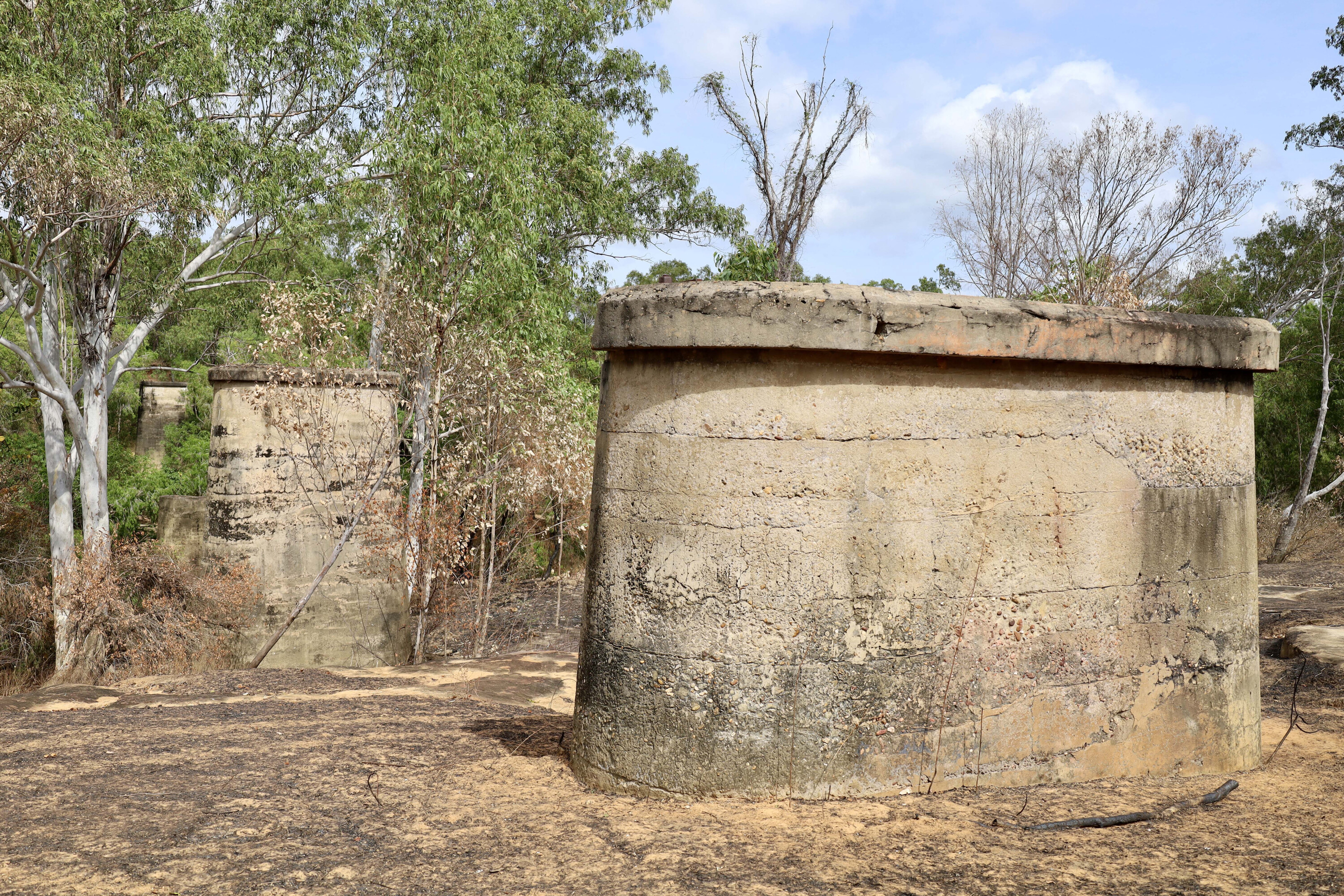
Other facts
This is a very remote part of Cape York and the Old Coach Road is regarded a difficult track.
A high-clearance vehicle is needed and towing a trailer would be tough on the track from Maytown to Laura due to steep angles, narrow cuttings and big ruts.
You will need a decent map of Cape York or a good GPS. Most tracks and points of interest are marked along the way. The old Maytown town site is a great place to spend a few hours wandering around looking at relics.
The best time of the year to go is in the cooler months after the wet season has passed.
We recommend
-
 Explore QLD
Explore QLDWilderness escape: Coen, North Queensland
Coen on the Cape York Peninsula is the gateway to a wilderness rarely visited
-
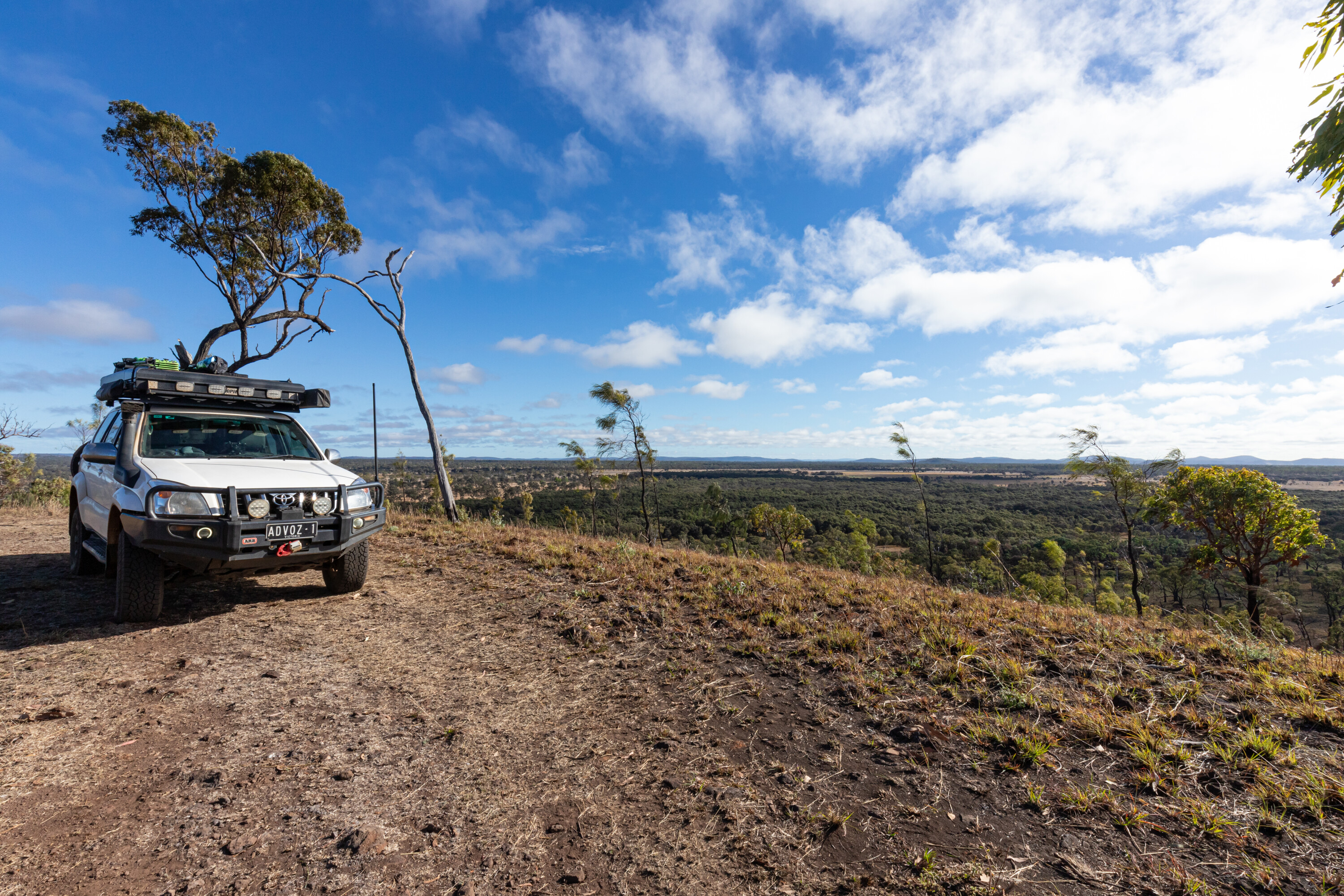 Explore QLD
Explore QLD4x4 adventure to Blackbraes National Park
A cracking national park that most people have never heard of
-
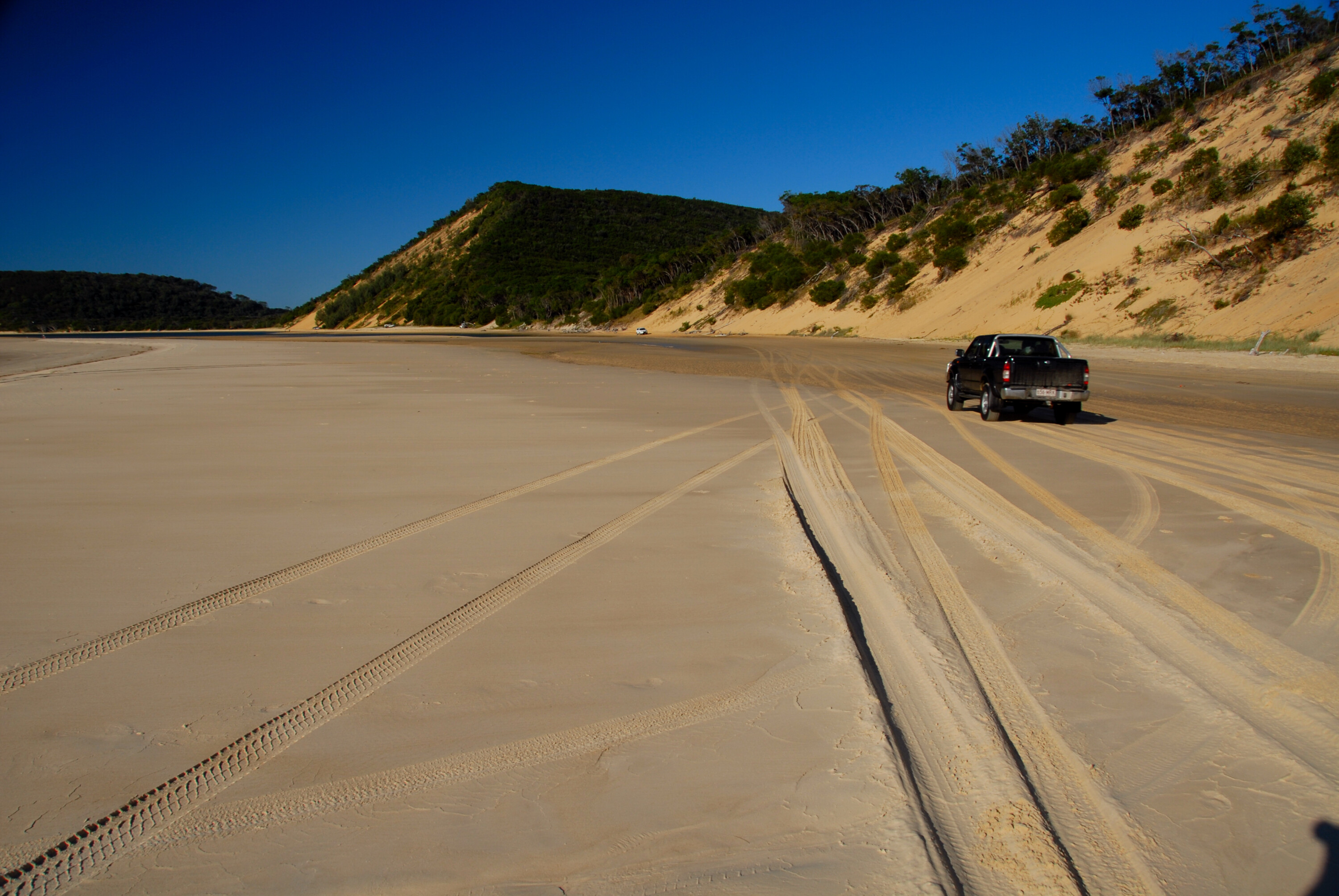 Explore QLD
Explore QLDBrisbane Escapes: Cooloola Recreation Area
It has a reputation for being small in size, but Cooloola Recreation Area is packed with plenty to see and do

